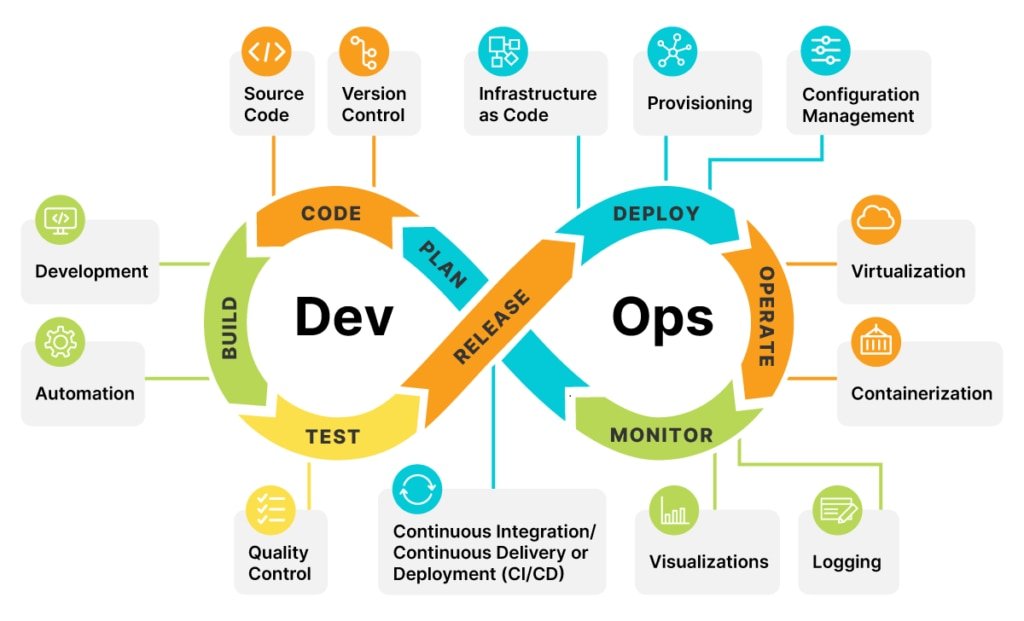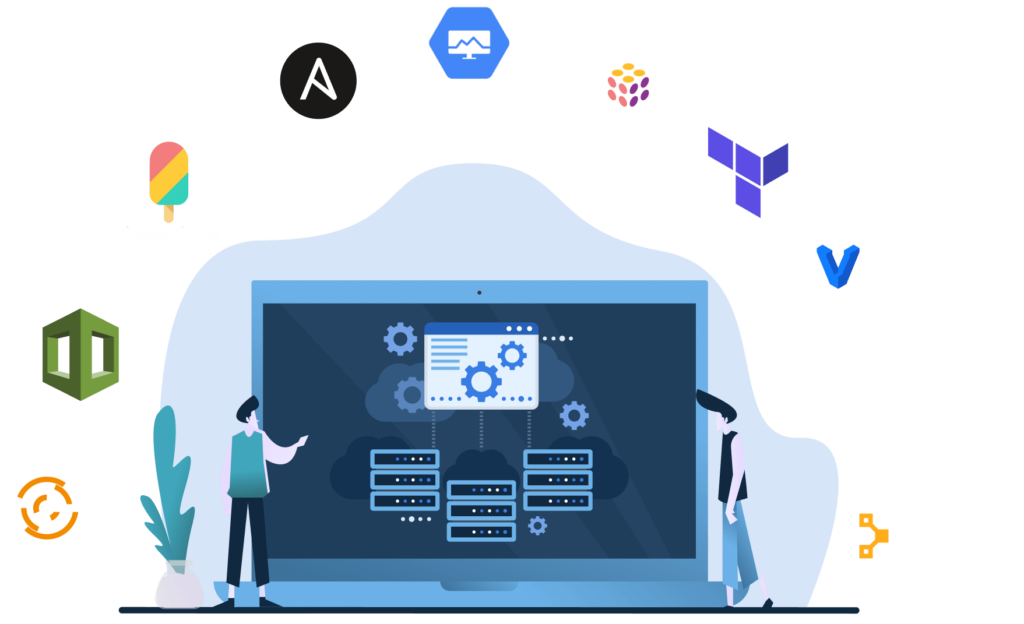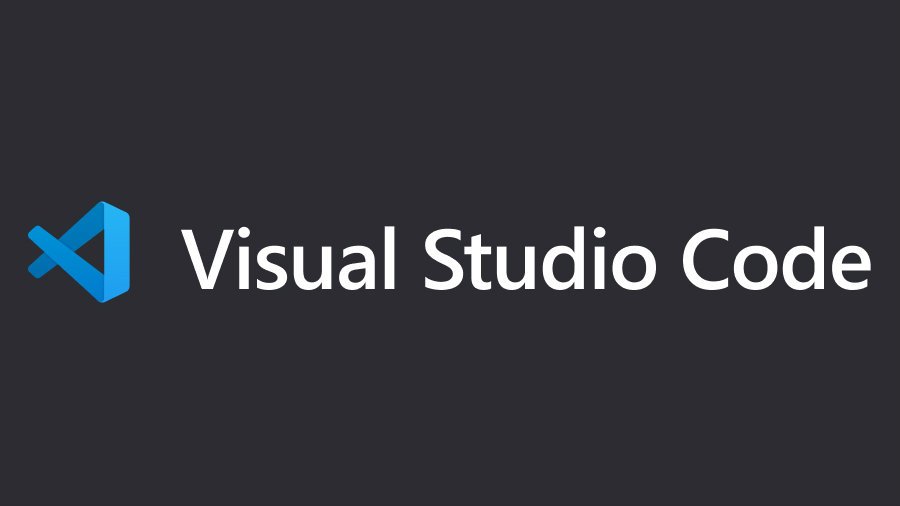Understanding the Concept of Infrastructure as Code (IaC)
Infrastructure as Code (IaC) is a key concept in the world of cloud computing that is driving efficiencies and improvements in the speed, reliability, and repeatability of infrastructure deployment and management. By treating infrastructure like software code, IT professionals can automate the deployment and configuration of servers, containers, networks, and other infrastructure components.
Defining Infrastructure as Code
At its core, Infrastructure as Code is the process of managing and provisioning computing infrastructure through machine-readable definition files, rather than physical hardware configuration or interactive configuration tools. This approach to managing infrastructure allows for consistent, repeatable routines for provisioning and changing systems and their configurations.
With IaC, system administrators can create scripts that automatically set up environments in a predictable manner, reducing the need for manual interventions and potential human errors. It enables developers to test applications in production-like environments early in the development cycle.
The Importance of Infrastructure as Code
The advent of IaC has revolutionized the way businesses manage their infrastructure. It has made it possible to manage large-scale infrastructure efficiently and with less risk. The benefits of IaC include speed, repeatability, consistency, and minimization of human error.
In addition, IaC is an enabler for DevOps practices by allowing operations teams to use the same versioning as developers, creating a more efficient and cohesive workflow. This results in faster, more reliable deployments and a quicker response to changes and updates.
Infrastructure as Code in Cloud Computing
In the context of cloud computing, IaC takes on even more importance. With the vast scale and complexity of cloud environments, manually managing infrastructure is not practical or scalable.
By using IaC tools, organizations can automate the process of setting up and modifying their cloud infrastructure. These tools allow for the definition and provisioning of cloud infrastructure using code, and they provide mechanisms for managing and orchestrating the entire cloud lifecycle.
Moreover, in a cloud environment, IaC allows for the efficient utilization of resources, by enabling on-demand provisioning and de-provisioning of infrastructure based on usage patterns and needs. This can lead to significant cost savings and more efficient use of resources.
Historical Overview of Infrastructure as Code Tools
The evolution of Infrastructure as Code (IaC) tools has been a vital part of the progression of cloud computing. This transformation has occurred over a series of phases, each marked by the introduction of new technologies and methodologies that have defined the current state of IaC.
Initial Stages: Scripting and Manual Configuration
During the early stages of cloud computing, most configuration was done manually or through scripts. IT professionals would manually set up servers and other infrastructure elements, or they would use custom scripts to automate parts of this process. This method was time-consuming and prone to human error, which led to inconsistencies in infrastructure setup. The lack of standardization made it difficult to replicate environments and manage infrastructure at scale.
Emergence of Configuration Management Tools
In response to the limitations of manual configuration and scripting, configuration management tools like Puppet, Chef, and Ansible emerged in the late 2000s. These tools introduced a higher level of automation and allowed for the codification of infrastructure, marking the beginning of IaC. With these tools, IT teams could create code files, or “manifests”, that described the desired state of the infrastructure. These tools provided more consistency and repeatability than manual configuration or scripting, but they still required some manual intervention and were primarily focused on managing the state of existing servers rather than creating new ones.
Advent of Cloud-Specific IaC Tools
The next phase in IaC evolution came with the advent of cloud-specific tools such as AWS CloudFormation and Google Cloud Deployment Manager. These tools were designed to provision and manage resources specifically within their respective cloud environments. They offered greater integration with cloud services and allowed for the creation, update, and deletion of cloud resources using code. However, they were limited by their vendor-specific nature, which reduced portability across different cloud platforms.
Introduction of Multi-Cloud IaC Tools
The latest phase in the progression of IaC tools is marked by the emergence of multi-cloud solutions like Terraform. Terraform is an open-source IaC tool that can manage resources across multiple cloud providers, providing a level of abstraction that allows developers to write code once and deploy it across different platforms. This has made infrastructure management more efficient and flexible, supporting the growing trend of multi-cloud strategies.
Overall, the historical overview of IaC tools illustrates a steady march towards greater automation, consistency, and portability in cloud infrastructure management. However, as cloud computing continues to evolve, we can expect further advancements in IaC tools to address emerging challenges and needs.
Major Milestones in the Evolution of IaC Tools in the Cloud
Initial Development of Infrastructure as Code Tools
Infrastructure as Code (IaC) tools originated in the early 2000s as a response to the need for automated, reliable, and repeatable processes in IT infrastructure management. The first IaC tool to gain significant traction was CFEngine, developed by Mark Burgess in 2003. This declarative tool allowed developers to define the desired end state of their system, and the tool would then make the necessary changes to achieve that state.
Emergence of Pioneering Tools: Puppet and Chef
The next big milestone came with the development of Puppet in 2005, followed by Chef in 2009. Both of these tools built upon CFEngine’s foundations, offering more powerful and flexible options for managing complex systems. Puppet introduced the concept of resources, allowing developers to manage components of their system independently. Chef, on the other hand, took a procedural approach, letting developers write scripts to specify the steps needed to reach the desired system state.
Advent of Cloud-Specific IaC Tools
As Cloud Computing began to take off in the late 2000s, there was a growing need for IaC tools designed specifically for Cloud environments. In response to this, Amazon Web Services (AWS) introduced CloudFormation in 2011. This service allowed developers to use JSON or YAML template files to model and provision AWS resources. Following this, Google Cloud Platform launched Deployment Manager and Microsoft Azure introduced Azure Resource Manager, both of which serve similar functions in their respective environments.
The Rise of Terraform
The most recent major evolution in IaC tools came with the introduction of Terraform in 2014. Developed by HashiCorp, Terraform is unique in its provider-agnostic design, allowing it to manage infrastructure across multiple cloud providers. This has given Terraform a significant advantage in the increasingly multi-cloud landscape of modern IT, cementing its place as one of the leading IaC tools in use today.
Current Trends and Leading Tools in IaC for Cloud Environments
Infrastructure as Code (IaC) tools have shown significant growth in recent years and are increasingly being adopted within cloud environments. The trend is primarily driven by the need for organizations to manage complex, scalable infrastructure more efficiently. By adopting IaC, teams can automate the process of provisioning and managing servers, thereby saving time, reducing errors, and ensuring consistency across environments.
Current Adoption and Utilization Trends
Several industry-wide trends have been observed in the adoption and utilization of IaC tools. Firstly, there is a shift towards ‘everything as code’ where all parts of the infrastructure, from servers to storage and networking, are managed as code. This approach enables better version control, tracking, and repeatability.
Secondly, the use of IaC is increasingly becoming a standard practice in DevOps cultures. Teams are using IaC to implement continuous integration/continuous deployment (CI/CD) pipelines, enabling faster and more reliable software releases.
Thirdly, there is a growing preference for open-source IaC tools. These tools offer flexibility, community support, and do not lock users into a specific vendor or platform.
Leading Tools in the Market
Among the leading IaC tools gaining popularity in cloud environments are Terraform, Ansible, Pulumi, and AWS CloudFormation.
Terraform, an open-source tool created by HashiCorp, stands out due to its platform-agnostic approach. It allows users to create, manage, and update infrastructure resources across multiple cloud providers, giving them the flexibility to choose the best services from different vendors.
Ansible, another open-source tool, is revered for its simplicity and versatility. It uses a human-readable language (YAML), making it easier for teams to adopt. It’s ideal for configuration management and application deployment.
Pulumi, on the other hand, lets developers use familiar programming languages (like Python, JavaScript, TypeScript, and Go) to define and deploy infrastructure. This makes it an attractive option for software developers who are comfortable with these languages.
AWS CloudFormation is a service offered by Amazon that allows users to model and provision AWS resources. It’s often used by organizations that are heavily invested in the AWS ecosystem.
The Emergence of GitOps
Another significant trend is the emergence of GitOps – a way of implementing IaC by using Git as a single source of truth for declarative infrastructure and applications. With Git at the center of the delivery pipelines, every change goes through a version control system. This not only increases visibility and traceability but also ensures high standards of quality compliance and governance. Tools such as Flux and ArgoCD are helping teams implement GitOps practices.
IaC tools continue to evolve, driven by the ever-increasing complexity of cloud environments and the need for efficient, reliable, and scalable infrastructure management solutions.
Future Prospects of Infrastructure as Code Tools in Cloud Technology
Expanding Influence of IaC Tools in Cloud Technology
The future of Infrastructure as Code (IaC) tools in cloud technology is set to be momentous as it continues to establish itself as a critical element in the IT landscape. The increasing demand for agility and efficiency in deploying and managing cloud-based applications has driven organizations to adopt IaC tools. This trend is expected to continue, given the growing need for speed, repeatability, and risk management in software delivery cycles.
Advancements in IaC Tool Capabilities
In terms of advancements, IaC tools are projected to become more sophisticated, with features that provide even greater levels of automation and integration. Current tools are already capable of automating the setup, configuration, and management of servers and databases. In the future, these tools are expected to handle more complex tasks, such as network setup and security, thereby providing a comprehensive solution for managing all aspects of infrastructure.
Integration of IaC Tools with AI and Machine Learning
Furthermore, there is significant potential for the integration of IaC tools with artificial intelligence (AI) and machine learning technologies. These integrations could enable predictive analysis, automated decision-making, and self-healing capabilities, thereby further enhancing the efficiency and reliability of cloud infrastructures.
Indeed, the future of IaC tools in cloud technology is filled with opportunities for innovation and growth. As businesses and organizations continue to seek ways to optimize their cloud operations, the role of IaC tools is bound to become even more essential.





